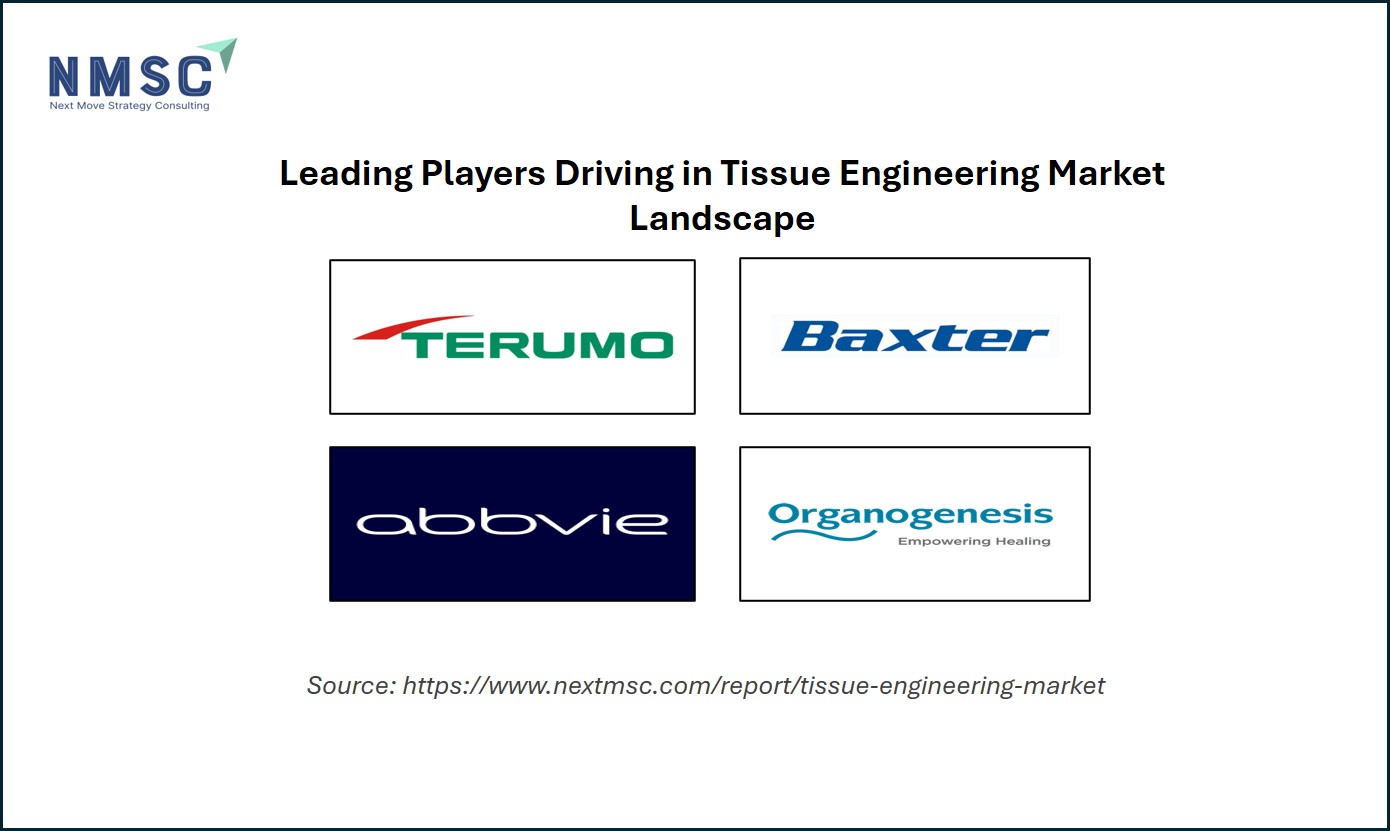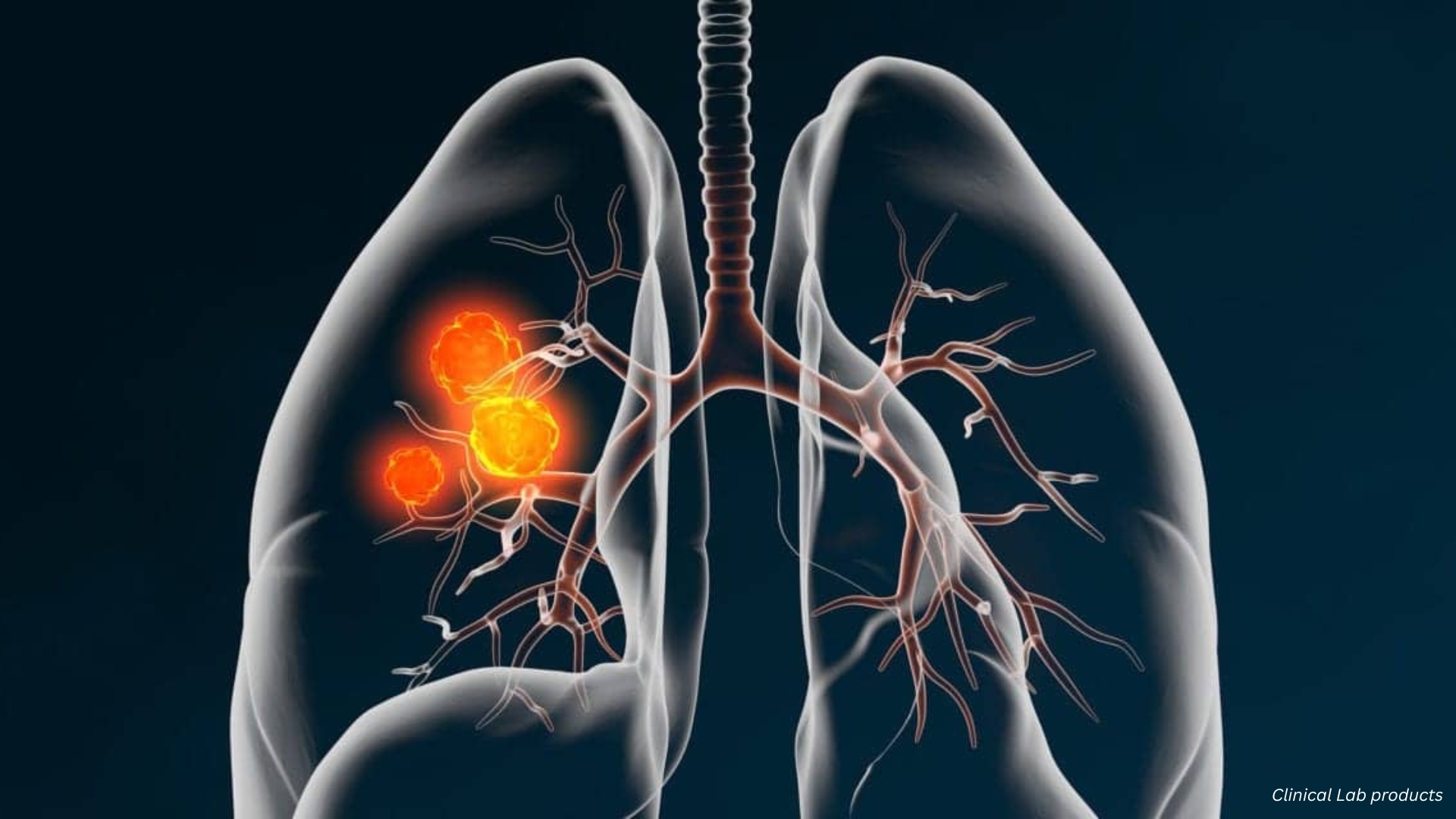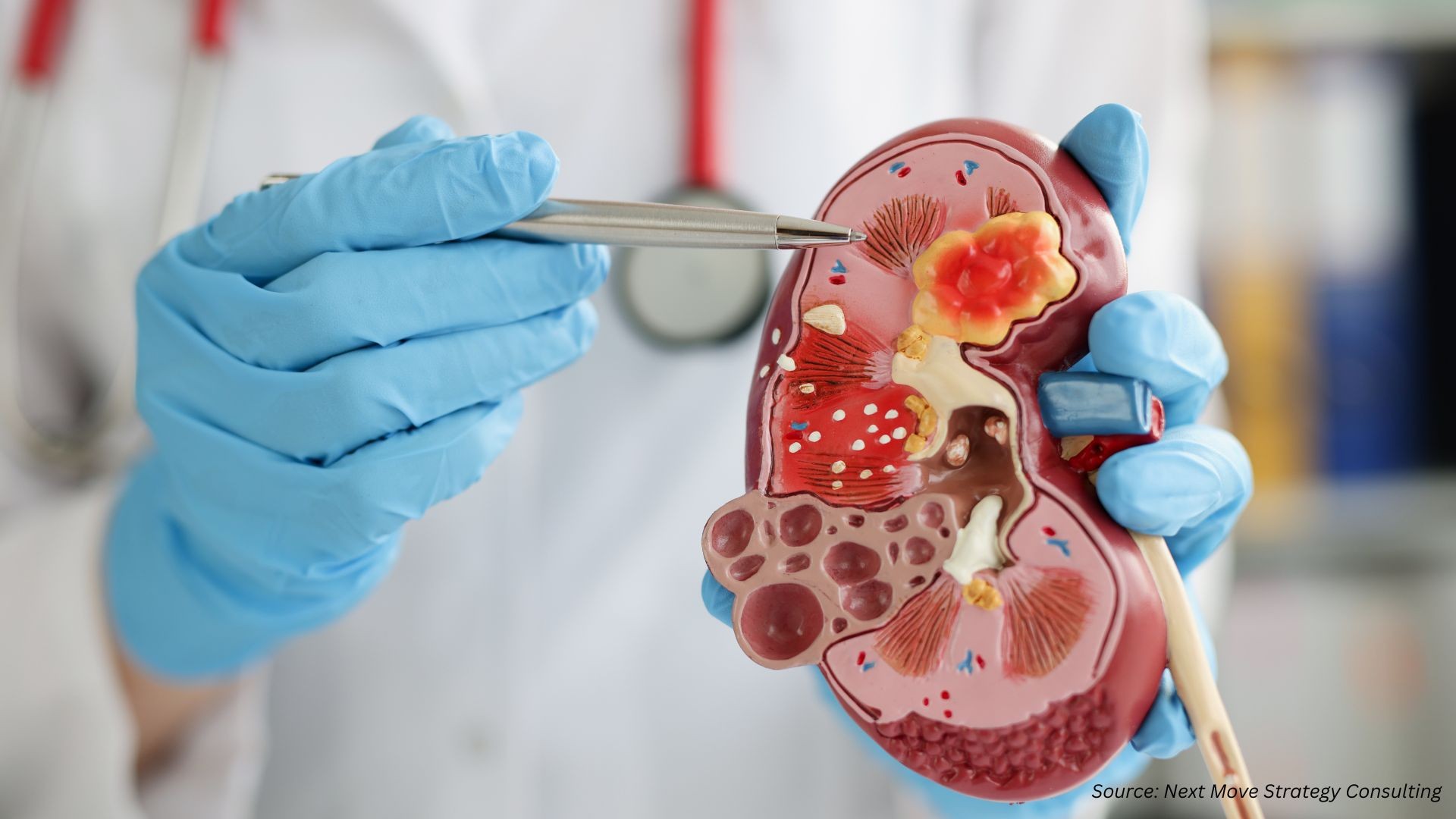Tissue Engineering Innovations 2025: 3D Bioprinting & AI
Published: 2025-10-04

Tissue Engineering in 2025: A Leap Towards Functional Tissues
Tissue engineering is rapidly transforming healthcare, offering solutions for organ shortages and regenerative medicine. In 2025, advances in 3D bioprinting, artificial intelligence, and tissue mechanics are driving innovation, making engineered tissues more viable and functional than ever.
Next-Generation 3D Bioprinting Techniques
Researchers at MIT have developed a novel 3D bioprinting technique that significantly improves the production of engineered tissues. This approach allows precise placement of living cells within bioprinted structures, enhancing tissue viability and functionality. Key advancements include:
-
High-precision cell placement: Cells are positioned to replicate natural tissue organization.
-
Improved bio-inks: Custom formulations support cell survival during printing.
-
Layer-by-layer control: Enhanced printing accuracy for complex tissue geometries.
These innovations could accelerate applications in regenerative medicine and drug testing by producing tissues that closely mimic natural organs.
Understanding Tissue Flexibility and Rigidity
One of the persistent challenges in tissue engineering is controlling tissue mechanics. MIT engineers discovered that the arrangement of microscopic structures within tissues dictates whether they are flexible or rigid.
-
Microscopic structure orientation: Collagen and protein fibers form patterns that determine stiffness.
-
Cellular interactions: Cells respond to these structural cues, affecting tissue performance.
-
Implications for design: Engineers can now design tissues with targeted mechanical properties for specific medical applications.
This insight allows for precise tuning of engineered tissues, ensuring they behave similarly to native tissues under mechanical stress.
Leading Players in the Global Tissue Engineering Market
The tissue engineering market features several prominent companies driving innovation and market growth. Key players include Organogenesis Holdings Inc., AbbVie Inc., Baxter International Inc., Terumo Corporation, Teijin Limited, Straumann Group, Integra Lifesciences, Medtronic, MiMedx Group, Inc., and TissueTech Inc.
AI-Powered Tissue Engineering: The GRACE System
At Utrecht University, researchers have combined artificial intelligence with 3D bioprinting to create GRACE (Generative, Adaptive, Context-Aware 3D printing), a system that enhances tissue engineering outcomes.
-
Adaptive design: AI analyses the location and type of cells to optimize tissue structure.
-
Volumetric bioprinting: Complete 3D tissues are printed in seconds, reducing cell stress.
-
Smart vascular networks: GRACE designs functional blood vessel networks around cells to improve nutrient and oxygen delivery.
-
Error correction: The system automatically adjusts for obstacles in the printing process, ensuring consistent results.
This technology represents a major step toward producing fully functional tissues, including organs, for transplantation and pharmaceutical testing.
Advantages of 2025 Tissue Engineering Approaches
|
Feature |
Benefit |
|
Precision 3D bioprinting |
High cell survival and tissue functionality |
|
AI-assisted design |
Adaptive tissue architecture and vascular networks |
|
Mechanical tuning |
Custom flexibility or rigidity matching native tissues |
|
Volumetric printing |
Rapid production, minimal cell stress |
Next Move Strategy Consulting’s View
From a strategic perspective, tissue engineering in 2025 is not only a technological breakthrough but also a market-shaping opportunity. Key observations include:
-
High growth potential: The convergence of AI, 3D bioprinting, and advanced tissue mechanics positions this sector for significant investment and market expansion.
-
Regulatory and ethical considerations: Companies must align innovations with evolving regulations on engineered tissues and organ transplantation.
-
Collaborative innovation: Partnerships between universities, AI developers, and biotech firms are critical to accelerate clinical adoption.
-
Sustainability focus: Efficient use of cells and bio-inks reduces waste, aligning with global sustainability goals.
Next Steps: Moving Toward Clinical Applications
-
Scale up production: Increase cell density to enable larger tissue and organ prints.
-
Clinical trials: Test engineered tissues in preclinical and clinical settings.
-
Open access technology: Make bioprinting techniques available to research labs worldwide.
-
Material innovation: Develop bio-inks that further enhance cell survival and tissue maturation.
-
Integration with AI: Continue improving AI-driven adaptive design for complex, multi-layered tissues.
Conclusion:
Tissue engineering in 2025 is at the forefront of medical innovation. With precision 3D bioprinting, AI-powered design, and deeper understanding of tissue mechanics, researchers are closer than ever to creating fully functional tissues. These advancements promise to transform regenerative medicine, drug development, and organ transplantation. Strategically, this field offers opportunities for investment, collaboration, and sustainable innovation.
About the Author
 Tania Dey is an experienced Content Writer specializing in digital transformation and industry-focused insights. She crafts impactful, data-driven content that enhances online visibility, and aligns with emerging market trends. Known for simplifying complex concepts. Tania Dey delivers clear, engaging narratives that empower organizations to stay ahead in a competitive digital landscape
Tania Dey is an experienced Content Writer specializing in digital transformation and industry-focused insights. She crafts impactful, data-driven content that enhances online visibility, and aligns with emerging market trends. Known for simplifying complex concepts. Tania Dey delivers clear, engaging narratives that empower organizations to stay ahead in a competitive digital landscape
About the Reviewer
 Sanyukta Deb is a skilled Content Writer and Digital Marketing Team Leader, specializing in online visibility strategies and data-driven campaigns. She excels at creating audience-focused content that boosts brand presence and engagement, while also pursuing creative projects and design interests
Sanyukta Deb is a skilled Content Writer and Digital Marketing Team Leader, specializing in online visibility strategies and data-driven campaigns. She excels at creating audience-focused content that boosts brand presence and engagement, while also pursuing creative projects and design interests

















Add Comment